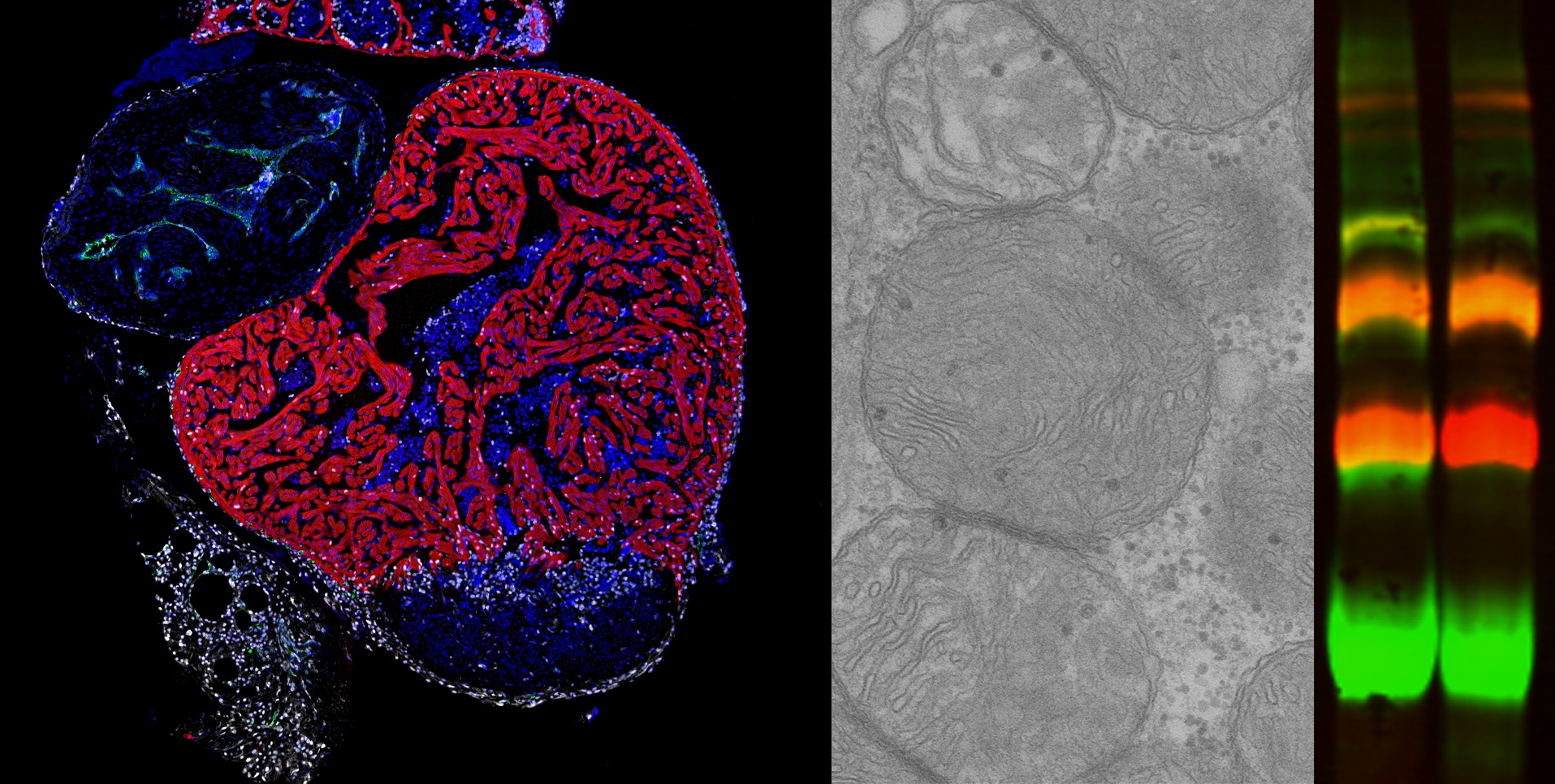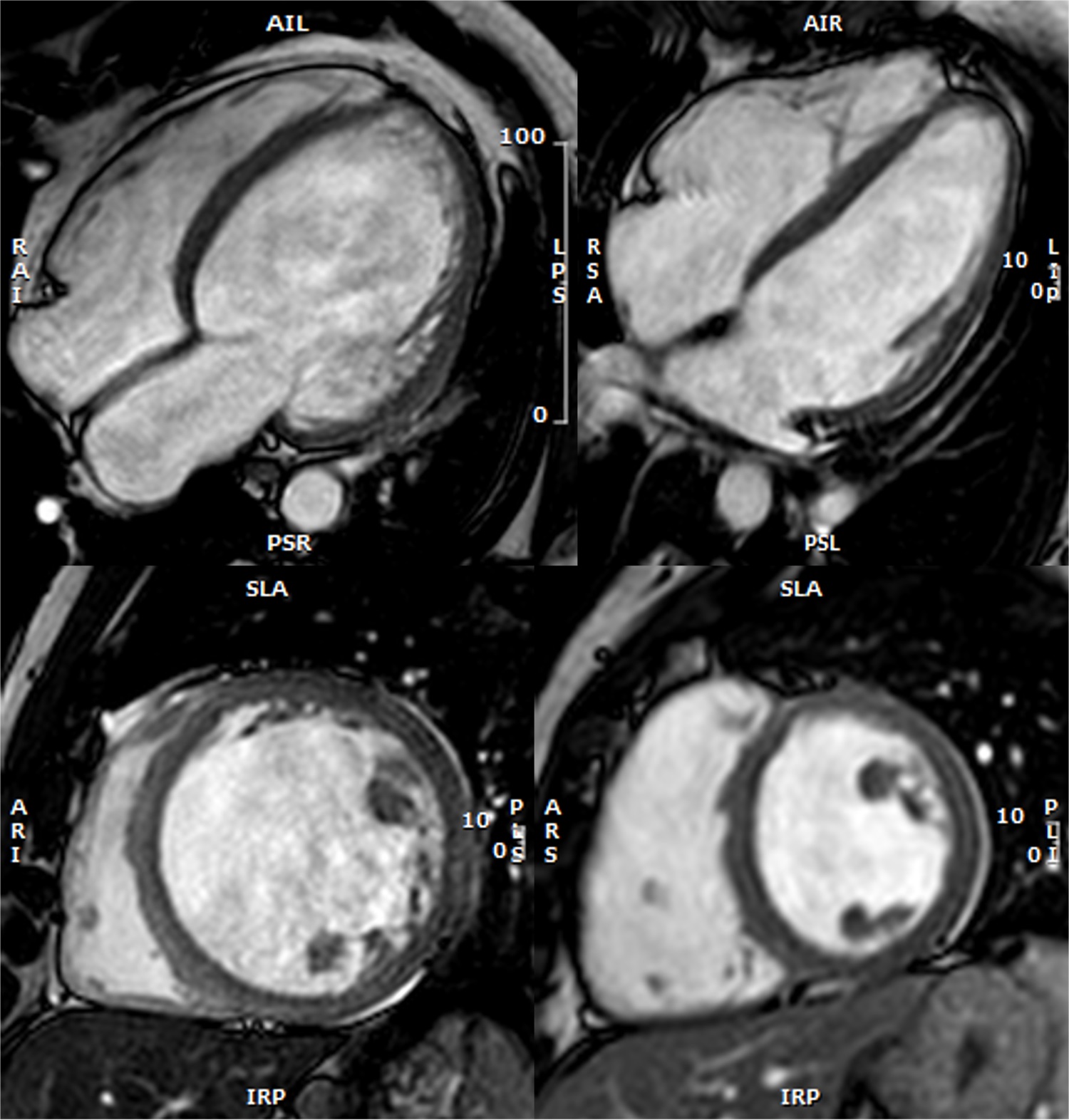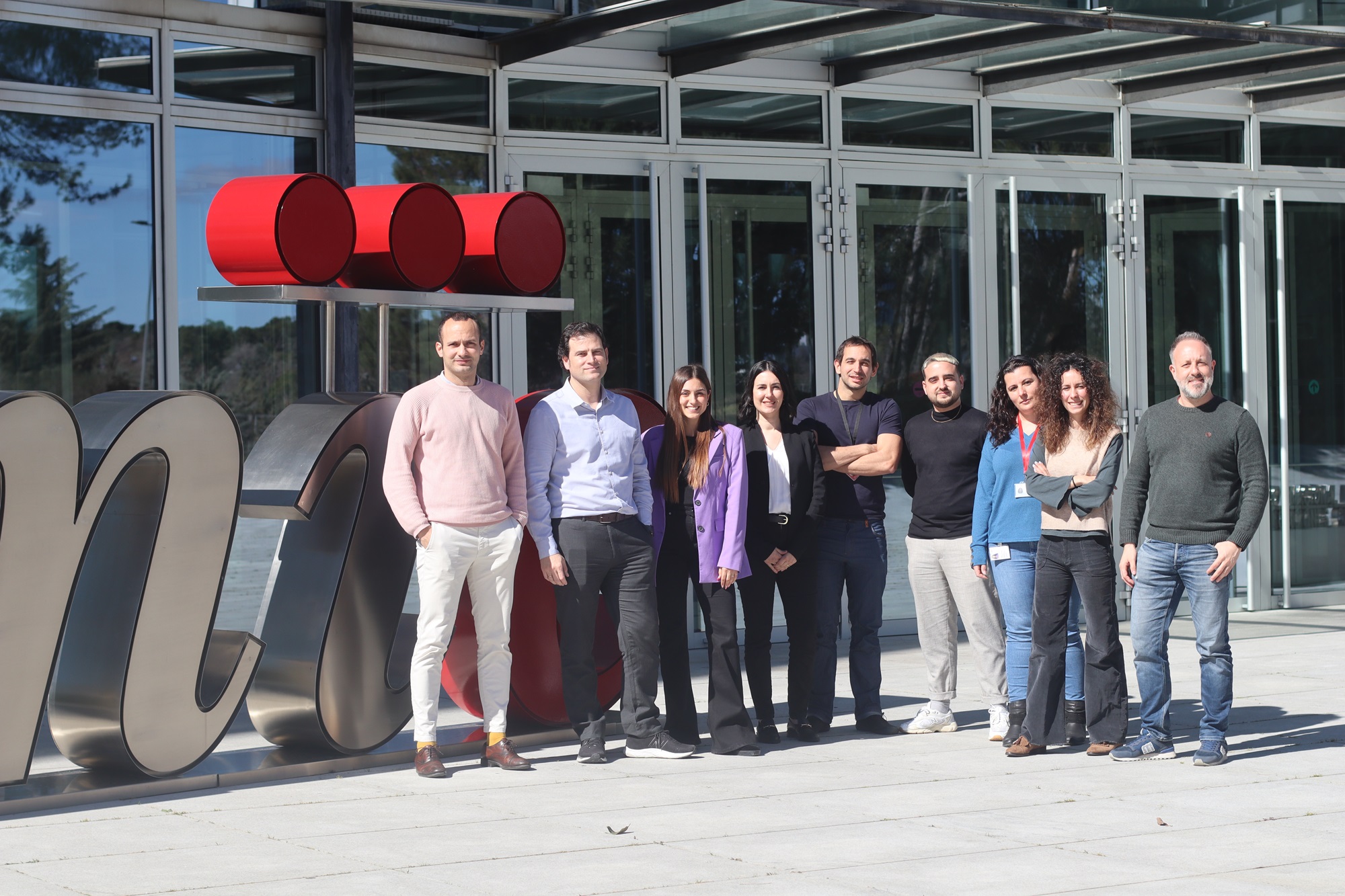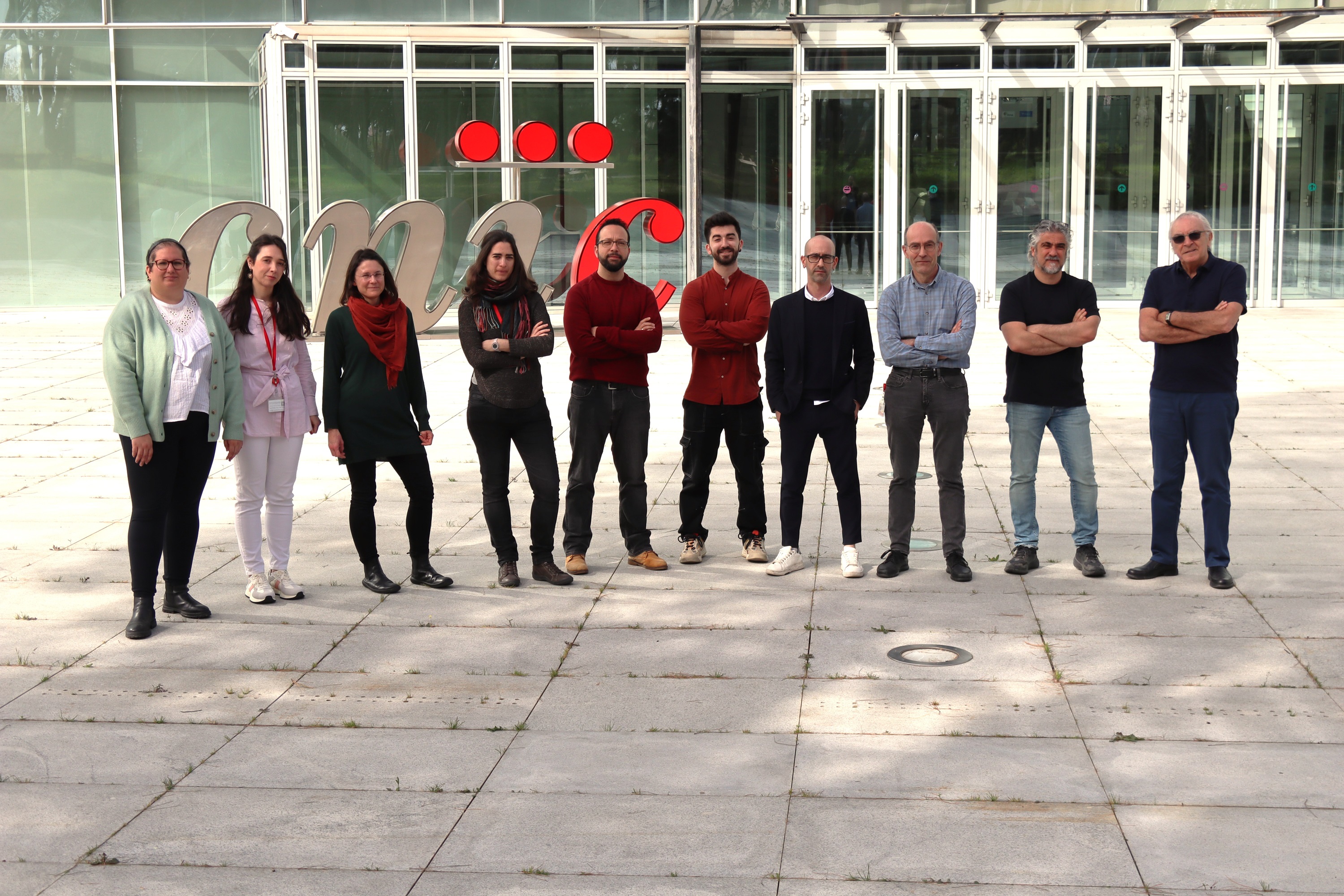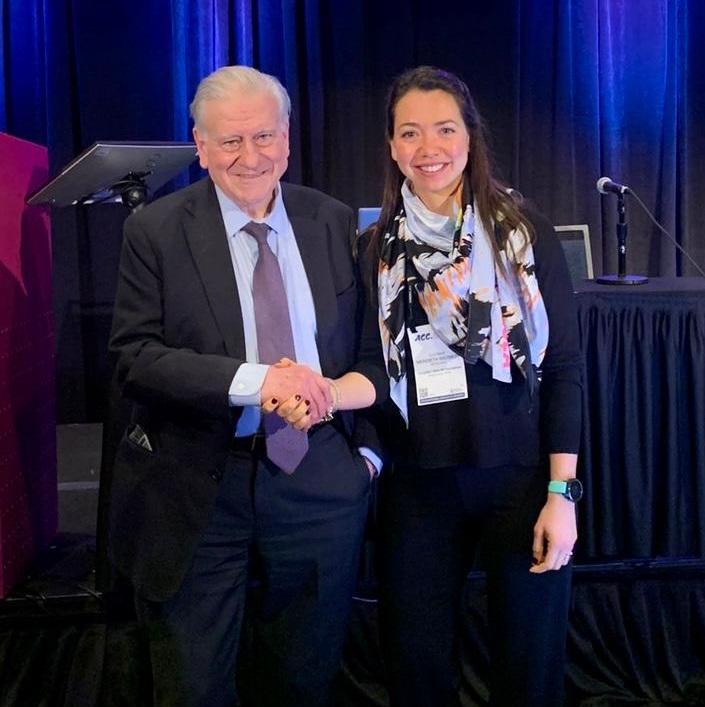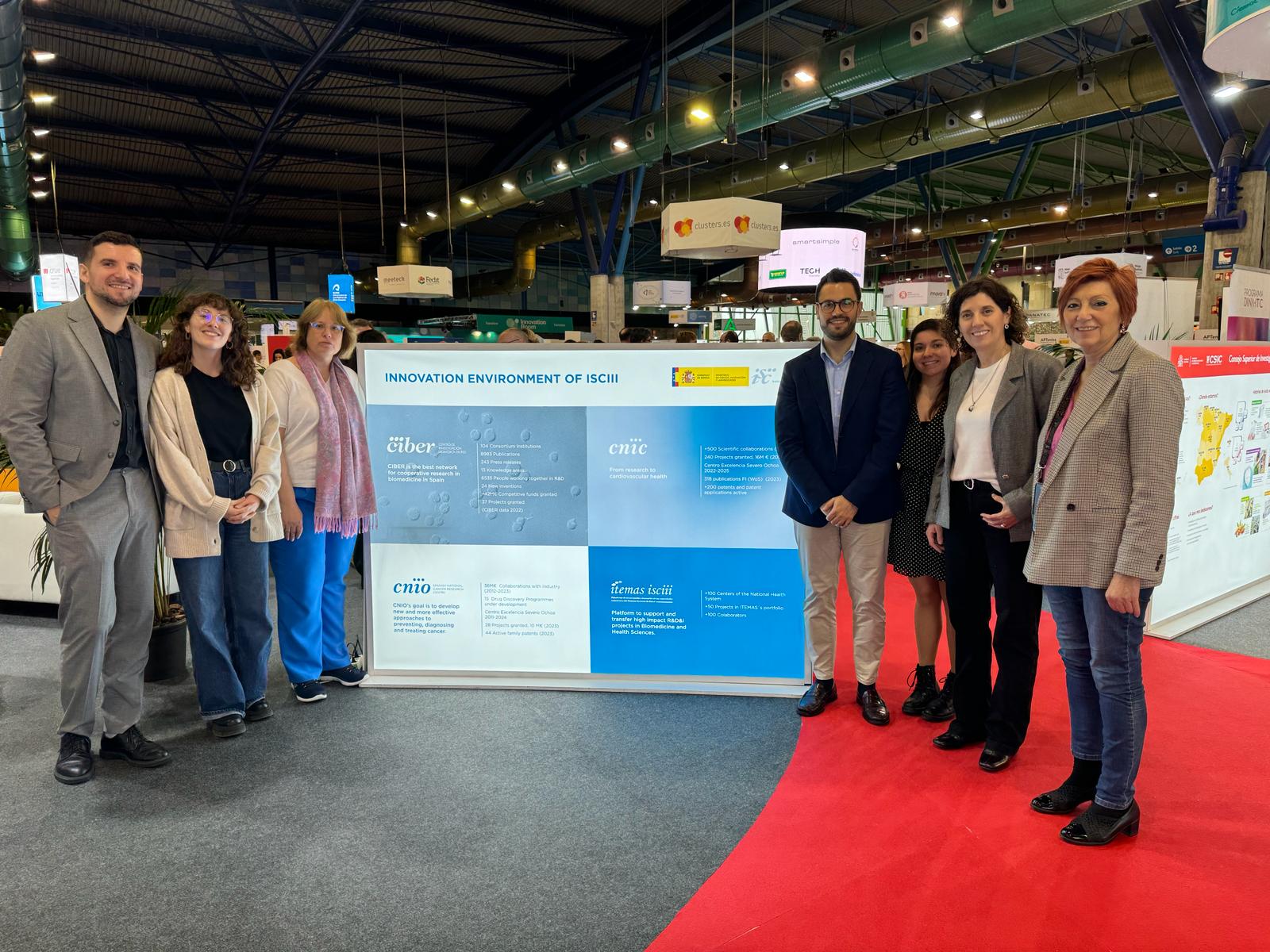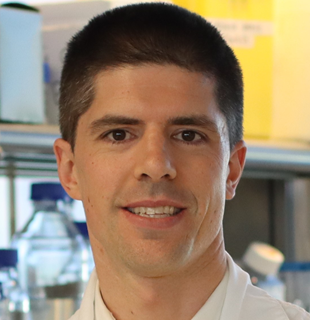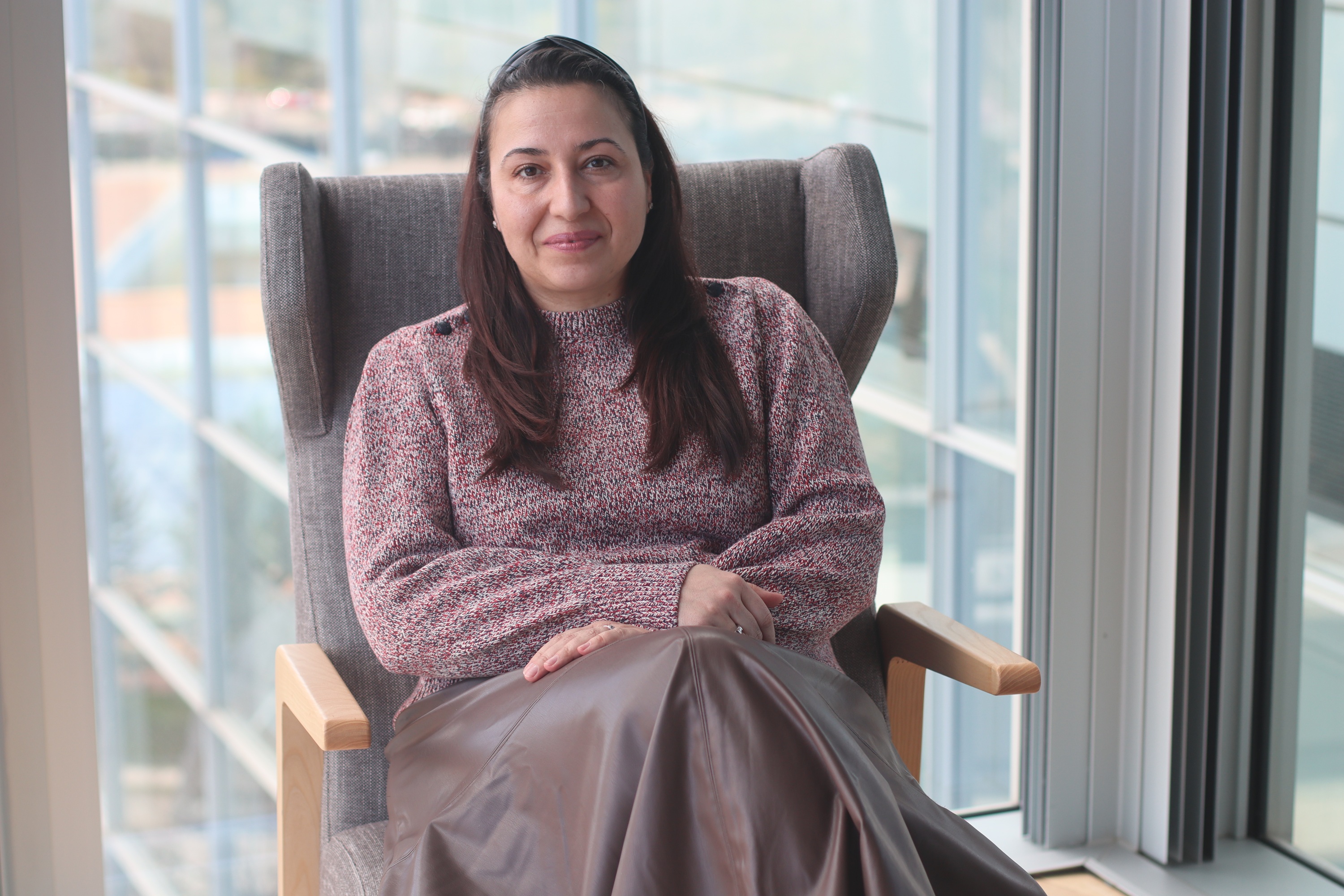News search
|
About the CNIC 15 May 2024 Globally, cardiovascular diseases due to atherosclerosis – the build-up of plaque in arteries – are the leading cause of death. A new Danish-Spanish research collaboration aims to develop methods to detect atherosclerosis at earlier ages and encourage prevention. Denmark’s Novo Nordisk Foundation has granted up to EUR 23 million to cover the first 2.5 years of the REACT initiative. The initiative is expected to run for 8 years in total |
|
About the CNIC 11 May 2024 |
|
Research 6 May 2024 Scientists at the CNIC, CIBER, and University of Berne identify the fundamental role of a family of proteins in an essential process for cellular energy production |
|
Research 19 Apr 2024 The results, published in JACC, suggest that these factors could be used to predict the risk of developing dilated cardiomyopathy and adapt strategies for patient care and disease detection in genetic carriers of the disease |
|
Research 16 Apr 2024 The study, published in the journal JACC: CardioOncology, identifies mitochondrial function and heart metabolism as targets for possible treatments to protect against anthracycline-induced cardiotoxicity |
|
Research 11 Apr 2024 CNIC researchers, led by Dr. José Jalife, have made a key discovery about cardiac arrhythmias in Andersen-Tawil syndrome (ATS) |
|
About the CNIC 10 Apr 2024 Guiomar Mendieta has been awarded the 2023 William W. Parmley Young Author Achievement Award for a paper published in JACC that is considered to an outstanding contribution in the field of atherosclerosis |
|
About the CNIC 15 Mar 2024 The award honours the quality and relevance of his research work in preventive medicine and on current challenges in the field of cardiology |
|
Research 12 Mar 2024 Associate Professor in Molecular Medicine and Principal Researcher of the Vascular Surgery Division at Karolinska Institute |
- ‹ previous
- 5 of 25
- next ›


